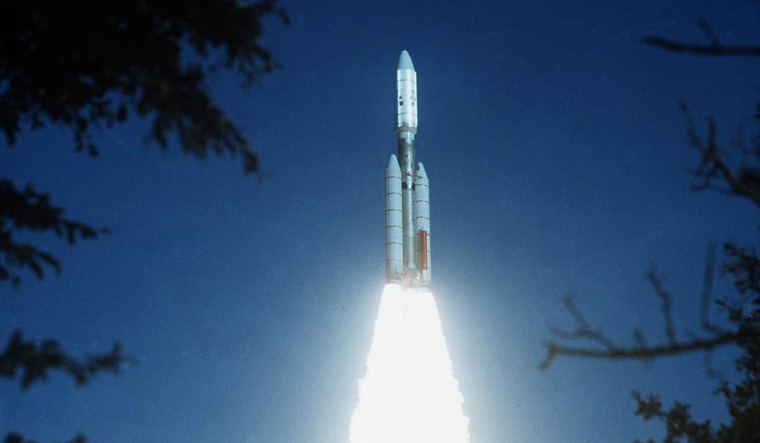NASA's Deep Space Network has picked up signals from Voyager 2 in interstellar space billions of miles away. The space agency lost contact with the spacecraft after it was sent wrong commands, accidentally.
“NASA's Deep Space Network, giant radio antennas across the globe, picked up a heartbeat signal, meaning the 46-year-old craft is alive and operating,” project manager Suzanne Dodd said in an email Tuesday.
“The news buoyed our spirits,” Dodd said. The antennas of Voyager 2 got tilted after flight controllers at NASA accidentally sent a wrong command. The contact got severed after the antenna tilted away from Earth. Due to this, the spacecraft has stopped receiving signals or sending data.
Flight controllers at the Jet Propulsion Laboratory in California will now try to turn Voyager 2's antenna back toward Earth. If the command doesn't work and controllers doubt it will, they'll have to wait until October for an automatic spacecraft reset. The antenna is only 2 per cent off-kilter.
“That is a long time to wait, so we'll try sending up commands several times" before then, Dodd said.
BBC reported that Voyager 2 has been unable to receive commands or send back data to NASA's Deep Space Network since July 21. According to reports, it takes more than 18 hours for a signal to reach Earth.
The Voyager probes were designed to explore Jupiter and Saturn by taking advantage of the rare alignment of outer planets, which occurs about every 176 years.
Voyager 2 rocketed into space in 1977, along with its identical twin Voyager 1, on a quest to explore the outer planets. Still communicating and working fine, Voyager 1 is now 15 billion miles (24 billion kilometres) from Earth, making it the most distant spacecraft from Earth.
Voyager 2 trails its twin in interstellar space at more than 12 billion miles (19 billion kilometres) from Earth. It is the only spacecraft ever to fly by Neptune and Uranus, BBC reported.
(With PTI inputs.)


